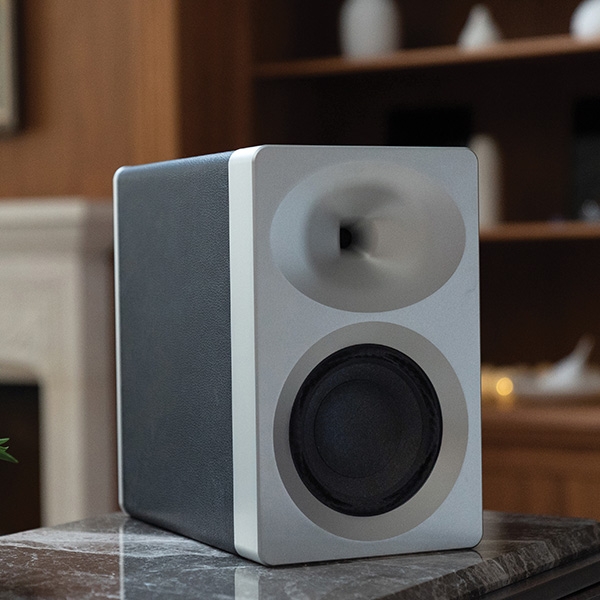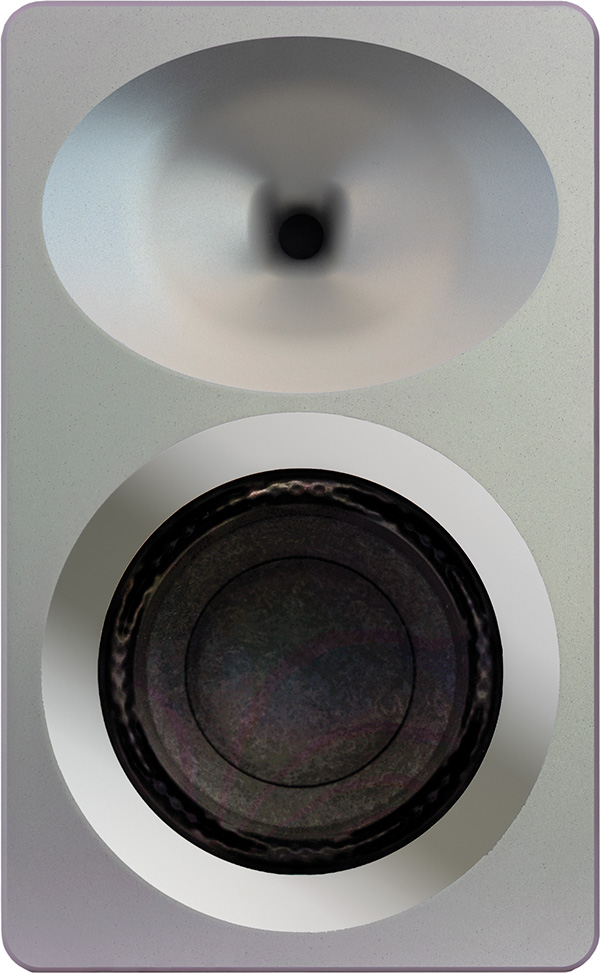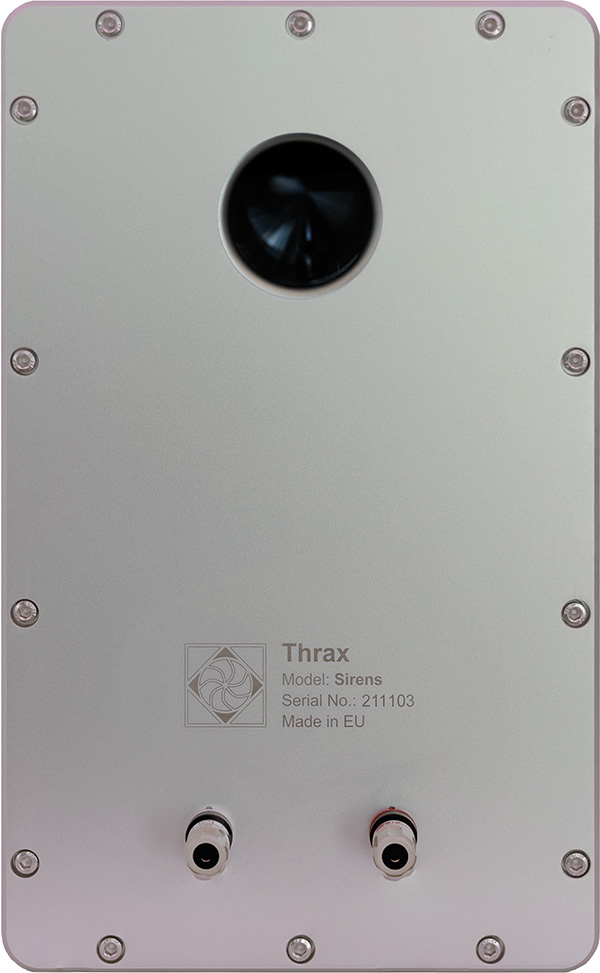| Columns Retired Columns & Blogs |
Why not like with wines, and as German hifi reviewers do: "this is a 97 points speaker". Then we, the readers, your target group, have useful information. And we can compare this speaker with other 97 points speakers, which may be available for 6K or perhaps for 4K even.
















































